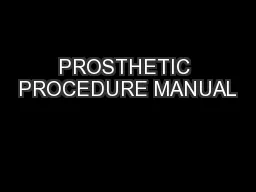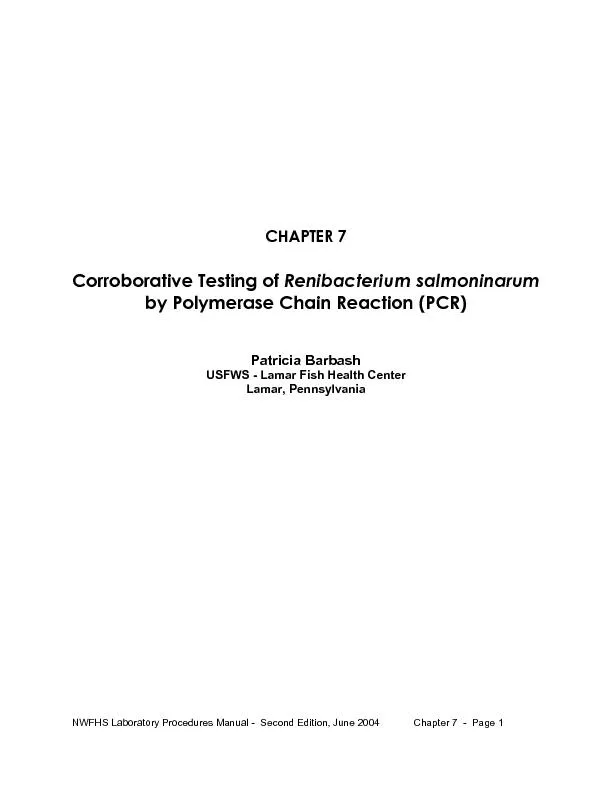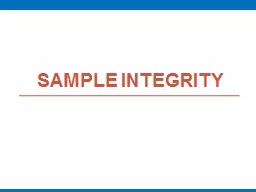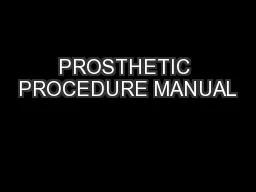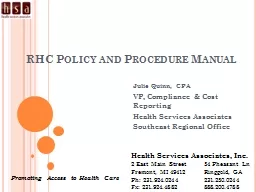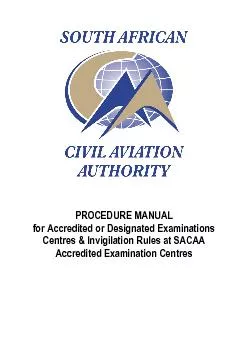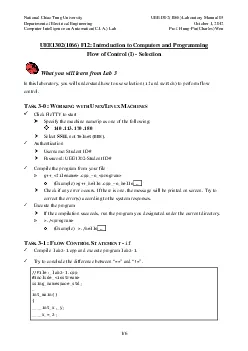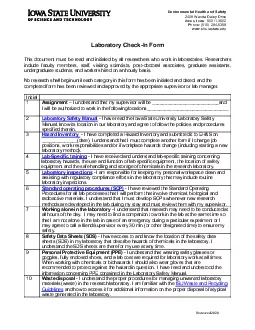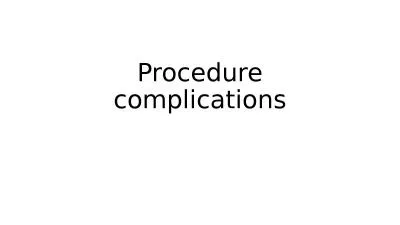PDF-Laboratory Procedure Manual
Author : emery | Published Date : 2022-08-21
Analyte CD4 TLymphocytes and CD8 T Cells Matrix Whole Blood Method TriCount Method Method No Revised as performed by Lee Lam or Marjorie Hubbard HIV Immunology and
Presentation Embed Code
Download Presentation
Download Presentation The PPT/PDF document "Laboratory Procedure Manual" is the property of its rightful owner. Permission is granted to download and print the materials on this website for personal, non-commercial use only, and to display it on your personal computer provided you do not modify the materials and that you retain all copyright notices contained in the materials. By downloading content from our website, you accept the terms of this agreement.
Laboratory Procedure Manual: Transcript
Download Rules Of Document
"Laboratory Procedure Manual"The content belongs to its owner. You may download and print it for personal use, without modification, and keep all copyright notices. By downloading, you agree to these terms.
Related Documents





